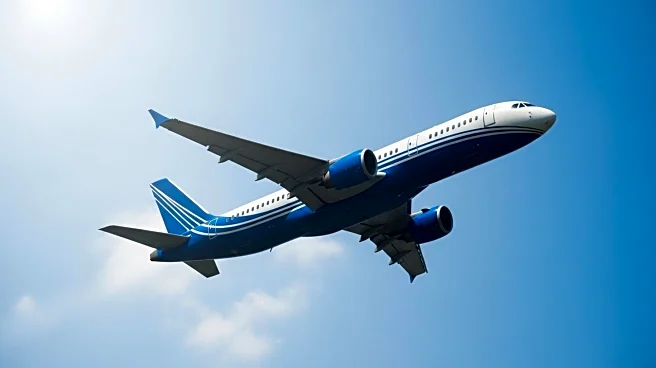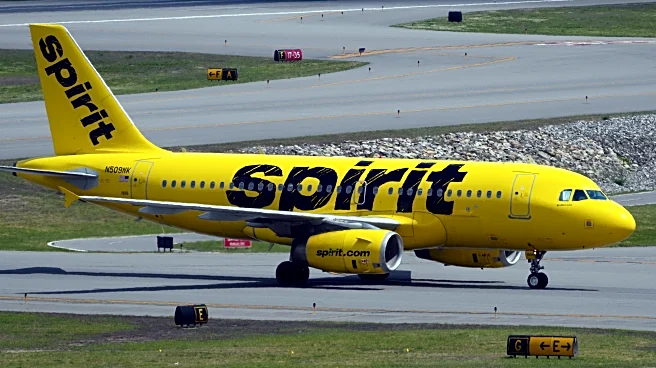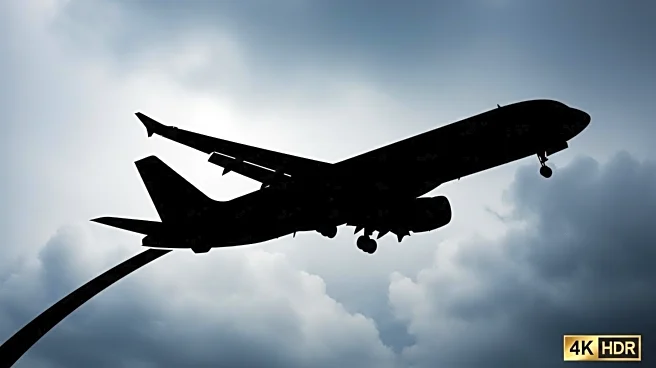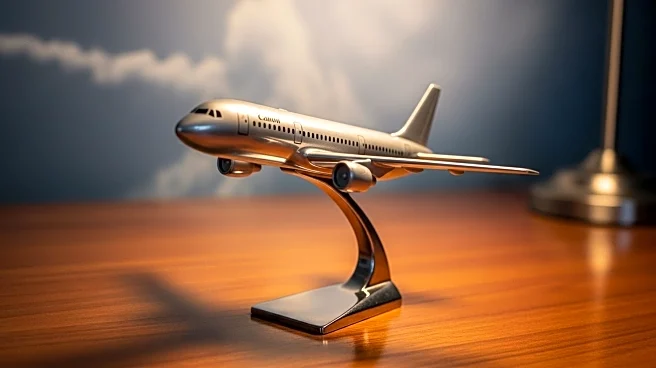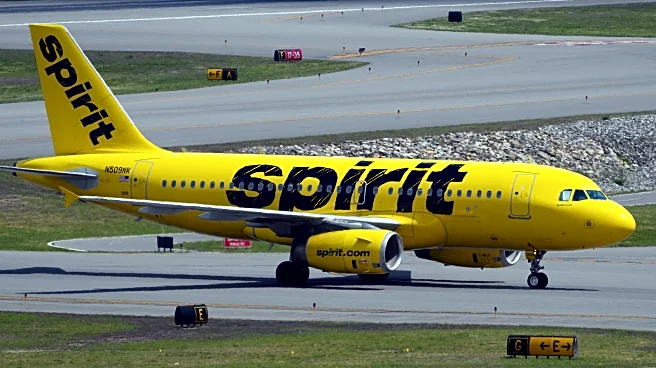What's Happening?
Spirit Airlines has filed for Chapter 11 bankruptcy for the second time in less than a year, citing ongoing financial challenges and weak demand for economy-class travel. The airline has faced significant net losses, exceeding $1.2 billion in 2024, and has implemented workforce reductions, including furloughing 270 pilots and demoting 140 captains. Spirit's attempts to rebrand as a more premium airline have not been sufficient to counter the slump in travel spending and the competitive pressures from larger airlines offering low-cost options. Despite the bankruptcy filing, Spirit plans to continue operations, allowing passengers to book trips and use their tickets, credits, and loyalty points.
Why It's Important?
The bankruptcy filing highlights the challenges faced by budget airlines in the current economic climate, where larger carriers are increasingly offering competitive low-cost options. Spirit's financial struggles underscore the difficulties in the leisure travel market, which has not fully recovered from the impacts of the COVID-19 pandemic. The airline's decision to pursue a more upscale market reflects a strategic shift that may influence other budget carriers. The outcome of Spirit's restructuring efforts could have significant implications for its employees, investors, and the broader airline industry.
What's Next?
Spirit Airlines plans to continue its restructuring process while maintaining flight operations. The company is considering selling off certain aircraft and real estate to raise cash. The restructuring efforts will involve strategic evaluations of its business operations, with potential changes in flight volumes expected in 2026. The airline's future will depend on its ability to navigate competitive pressures and adapt to market demands. Stakeholders, including employees and investors, will be closely monitoring the company's progress and any further developments in its bankruptcy proceedings.
